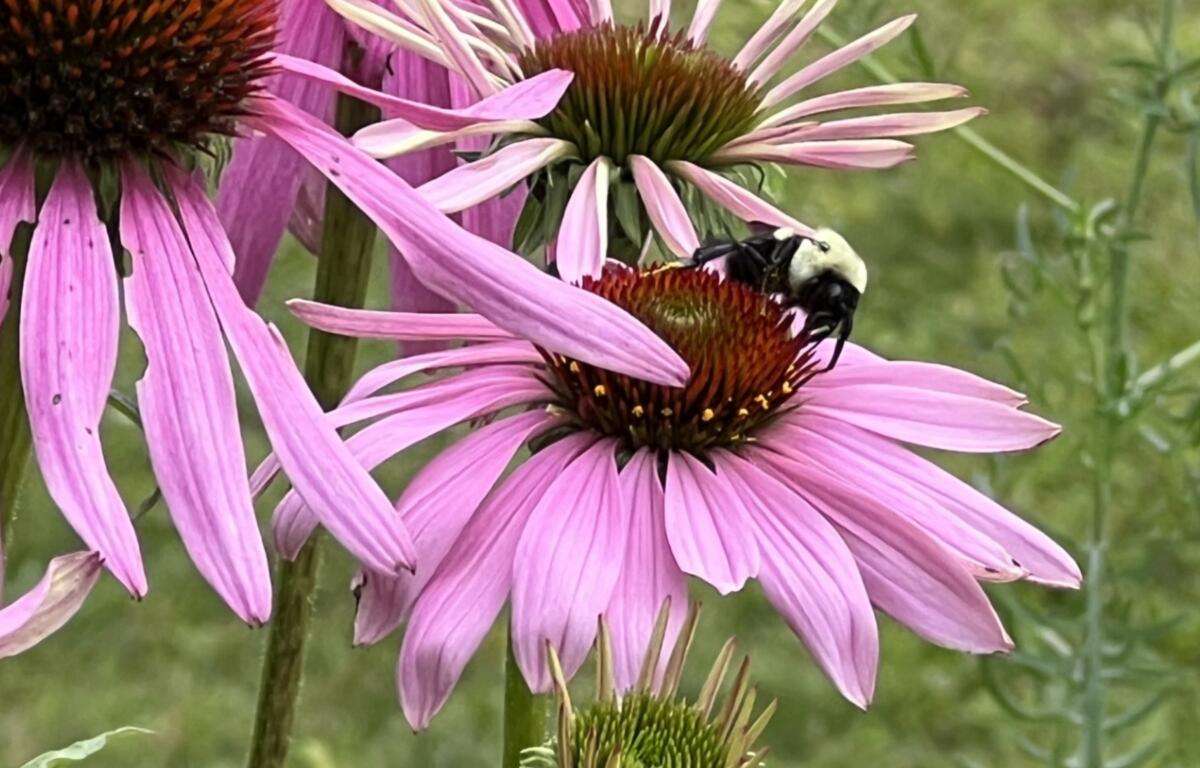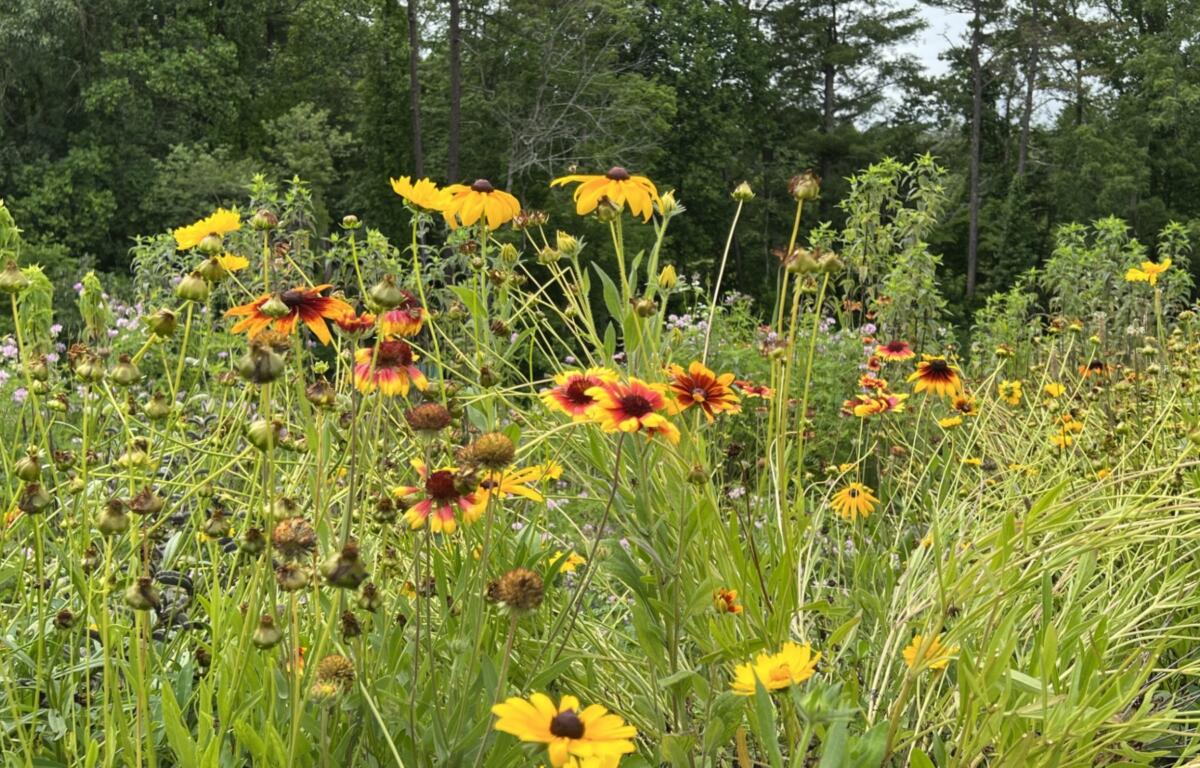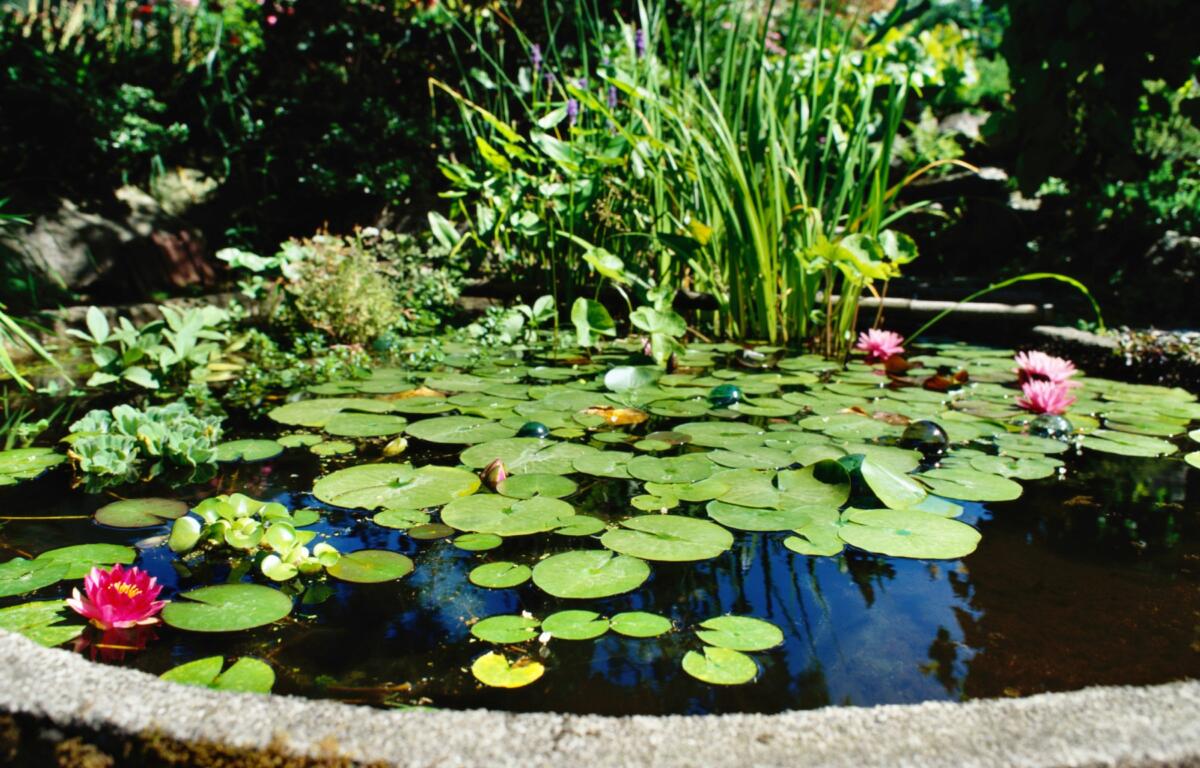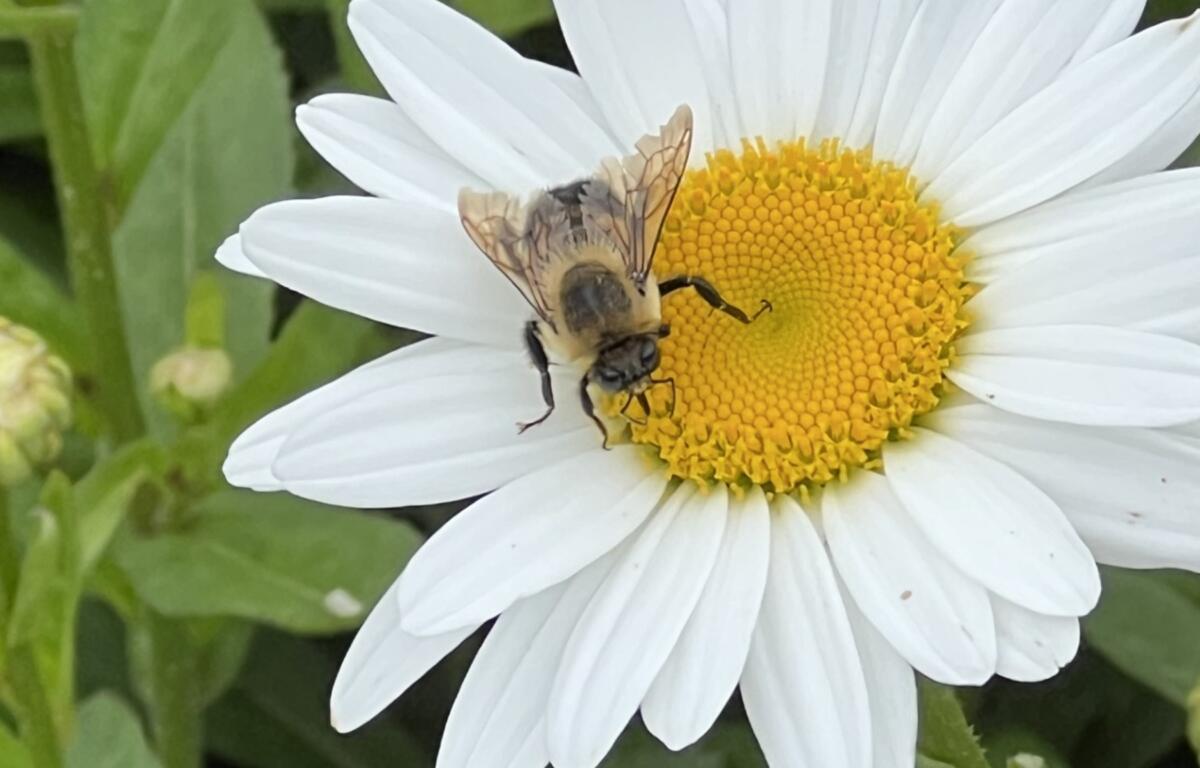ASHEVILLE, N.C. (828newsNOW) — Western North Carolina, with its rich variety of native plants and long growing season, is an ideal place to plant for honeybees and other beneficial insects.
Planting native or well-adapted species is an effective way to support biodiversity, encourage pollination and promote a healthy ecosystem.
Bee-friendly plants
Planting a variety of nectar- and pollen-rich plants that bloom at different times throughout the growing season is key.
Early spring (March–April)
These help bees coming out of winter when nectar is scarce:
- Red maple (Acer rubrum)
- Eastern eedbud (Cercis canadensis)
- Willow (salix spp.)
- Serviceberry (amelanchier spp.)
- Creeping phlox (phlox subulata)
- Dandelions: Let a few stay! Early vital nectar.

Late spring to summer (May–August)
Peak nectar time –plant big, colorful blooms:
- Bee balm (Monarda didyma): Native and loved by bees and hummingbirds.
- Purple coneflower (echinacea purpurea)
- Black-eyed Susan (rudbeckia hirta)
- Mountain mint (pycnanthemum spp.)
- Milkweed (asclepias tuberosa & A. incarnata): Great for bees and monarchs.
- Borage
- Lavender
- Wild bergamot
- Coreopsis
Late summer to fall (September–October)
Vital for bees building winter stores:
- Goldenrod (solidago spp.)
- New England aster (Symphyotrichum novae-angliae)
- Joe-pye weed (eutrochium purpureum)
- Sedum (autumn joy): Non-native but helpful and hardy.
-

A pollinator garden is a good way to help promote a healthy ecosystem. (Photo credit: Dee Pridgen)
Year-round bee habitat tips
- Leave flowering herbs: Let thyme, oregano, mint, basil and cilantro go to flower.
- Avoid pesticides: Even organic sprays can harm bees if used when plants are blooming.
- Provide habitat: Keep brush piles, plant native grasses and avoid overly tidy gardens.
- Create a bee bath: Use a shallow dish with pebbles and water for safe sipping.
- Plant in clumps: Bees love big patches of the same flower.
- Go native: Native plants are usually best adapted for local bee species.
The magical dragonfly
Dragonflies, resembling tiny flying dinosaurs, offer mesmerizing aerial acrobatics that add a touch of natural magic to any garden. They flutter gracefully through gardens, performing swift acrobatics, but their presence holds more than meets the eye.
Adult dragonflies are skilled hunters and voracious predators of flying insects, including mosquitoes. On average, a single dragonfly can consume hundreds of mosquitoes in a single day, especially during its active hunting periods. Dragonflies catch their prey while flying, using their wings to chase and snare mosquitoes and other small insects like flies, moths, and ants.
Dragonflies are indicators of a healthy ecosystem and may draw other beneficial insects and wildlife.
To encourage dragonflies to stick around, plant selection matters. Dragonflies love hanging around certain types of plants, mainly because those plants attract the insects they feed on or provide places to perch, mate or lay eggs.

Here are some plant choices to make your garden more dragonfly-friendly:
Dragonflies lay eggs in or near water, so aquatic plants are key.
Aquatic & marginal plants (for egg-laying and shelter)
- Water lilies (nymphaea)
- Lotus (Nelumbo)
- Pickerelweed (pontederia cordata)
- Arrowhead (sagittaria)
- Cattails (Typha)
- Water horsetail (equisetum fluviatile)
Pollinator-attracting plants (to bring in dragonfly prey)
These plants attract smaller insects like mosquitoes, flies, and gnats—dragonflies’ favorite snacks:
- Coneflowers (echinacea)
- Black-eyed Susan (rudbeckia)
- Bee balm (monarda)
- Joe-pye weed (eutrochium)
- Yarrow (Achillea)
- Milkweed (asclepias)
- Goldenrod (Solidago)
Tall grasses and reeds (for perching and hunting)
Dragonflies love perching to rest or hunt:
- Switchgrass (panicum virgatum)
- Blue flag iris (iris versicolor)
- Papyrus (cyperus papyrus)
- Sedges and ornamental grasses
Many insects can do wonders for your garden. Here are some other beneficial ones:
- Ladybugs (ladybirds): Eat aphids, mites and other soft-bodied pests.
- Ground beetles: Hunt slugs, snails, cutworms and other soil-dwelling pests.
- Hoverflies (syrphid flies): Pollinate and their larvae eat aphids and thrips.
- Parasitic wasps: Lay eggs inside pests like caterpillars and aphids, controlling their population.
- Lacewings: Their larvae (nicknamed “aphid lions”) devour aphids, mites and thrips.
- Tachinid flies: Parasitize and kill caterpillars, beetles and other pests.
- Soldier beetles: Eat aphids, caterpillars and insect eggs and also help with pollination as they move from flower to flower.
- Spiders: Trap and eat a variety of insects.
- Praying mantises: Eat a wide range of garden pests (and sometimes beneficial bugs, too).


